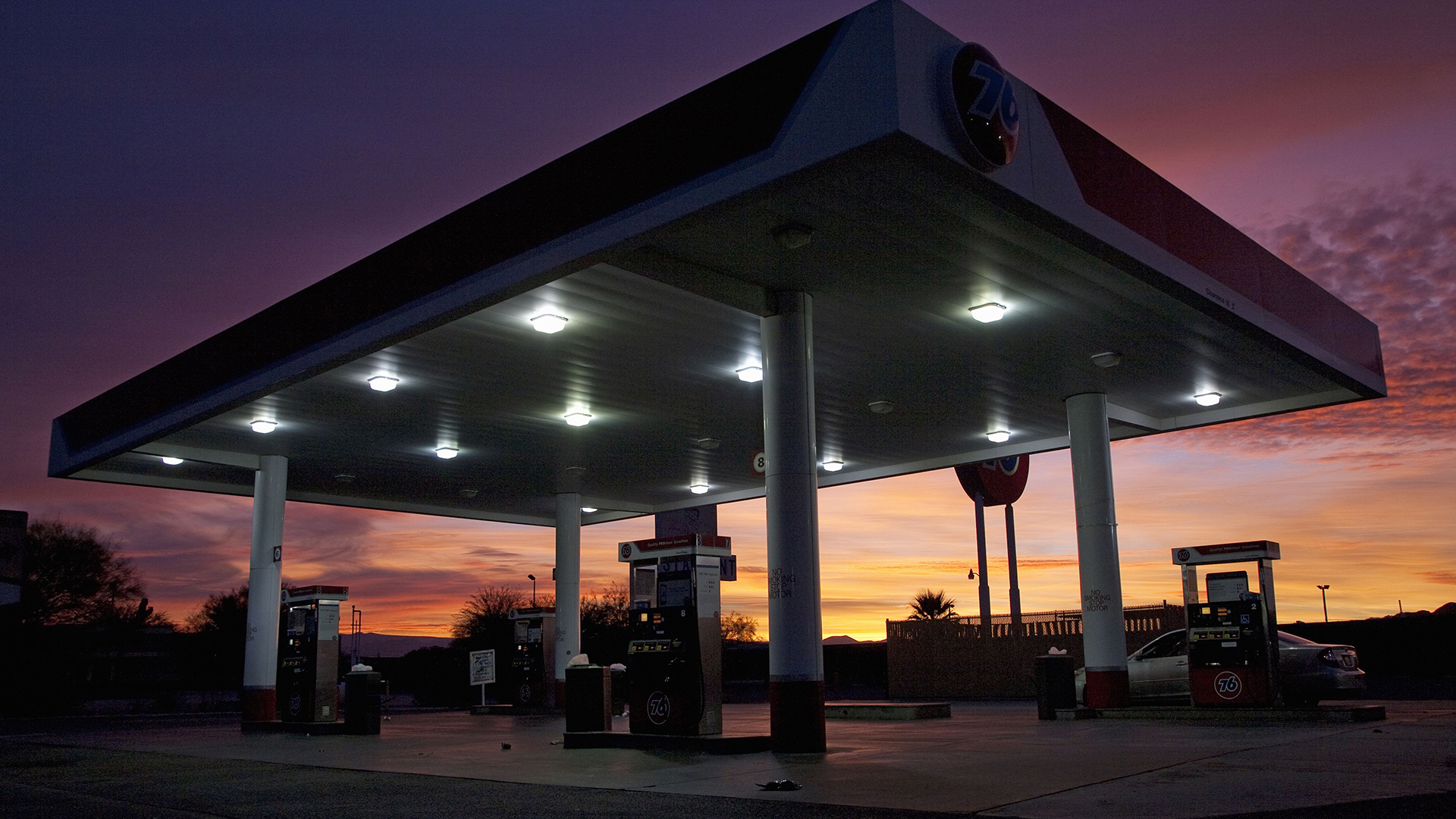

Chinese scientists have used nanoplates that generate power from temperature changes to create synthetic methanol, which could be a clean way of removing CO2 from the atmosphere, as well as generating e-fuels.
The paper, published in Nature Communications, describes a process of using the ambient temperature change over the course of a day to generate electricity, used to combine carbon dioxide from the air with water in order to make methanol.

Methanol (the poisonous form of our good friend ethanol or “common booze”) can be turned into petrol whether it’s made out of moonshine or cracked out of the air on a molecular level. The latter method is more environmentally friendly, as it both doesn’t require crops and ultimately removes CO2 from the atmosphere, something we crucially need to do.
With so many combustion vehicles already in service, the race to make carbon-reduced or even net-carbon-zero synthetic fuels is on. Porsche announced last year that they would be building an ambitious, renewable-powered plant in Chile to create 550 million liters (145 million gallons) of synthetic fuel by 2026.
It’s not all that straightforward, though. One of the problems with trying to make methanol from hydrogenating CO2 out of the air is that it requires ludicrously high temperatures—between about 400-500 degrees Fahrenheit—and that takes a lot of energy, making it harder to get to that coveted carbon-neutral or even negative state.
The advantage of what’s been researched is that it just uses, y’know, regular old atmospheric temperature. As ’80s Australian rock band Crowded House sang, you always take the weather with you and you might as well use it to make synth-gasoline out of thin air like you’re living in a less dystopian sci-fi future—ok, maybe.
There’s some extremely clever stuff involved, using 2D nanoplates made of layered perovskite bismuth tungstate so this isn’t the sort of thing you can do in your kitchen. But it is something that harnesses a thing that just happens anyway (the cycle of changing temperatures between the day and night time) and which will generate methanol between a range from 60 to 160 degrees.
There aren’t that many places on earth that get up to 160 degrees Fahrenheit and have a conveniently abundant water supply for cracking into synthetic fuel, but almost everywhere else is covered somewhere in that range. So this takes an industrially challenging process and turns it into something you can do pretty much anywhere on earth by just… letting it get on with it, pretty much.
Getting excited about micro-moles is maybe not the juiciest thing you’ll read all day but the paper says, “The methanol yield can be as high as 55.0 μmol⋅g−1 after experiencing 20 cycles of temperature-variation.”
Before going on to provide an English translation about why this is cool; “This efficient, cost-effective, and environmental-friendly pyroelectric catalytic CO2 reduction route provides an avenue towards utilizing natural diurnal temperature-variation for future methanol economy.”
Well, mostly English, as diurnal means a day/night cycle. The point is, sheets of bonkers stuff can basically make gasoline happen out of thin air and that’s not going to fix the environment on its own, but could make a big difference to zero-carbon fuel viability.
Got a tip? Send us a note: tips@thedrive.com